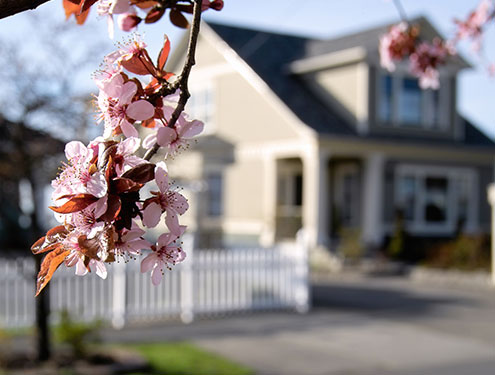Not only are pool enclosures and fences an aesthetically-pleasing way to keep critters out of your pool, it also keeps your pool safe from liabilities (such as children or other unwanted visitors). Studies have shown that isolation fencing (pool fences) vs. property barriers (perimeter fencing) to be much more effective in reducing the rate of accidental drowning. Additionally, certain types of fencing are more effective at keeping children out than others. Specifically, easily-climbed fences with ample visibility such as chain link fences are much less effective pool barriers than non-climb fences. AN example of non-climb fence is ornamental aluminum fences which allow for visibility, yet are unable to be scaled. Not to mention, great fence looks! To ensure safety, states have imposed pool fence laws and regulations regarding very specific pool barriers.
Access Gates
Virginia has imposed the following Pool Fence Codes.
All outdoor pools, spas, and hot tubs with a depth of over 2 feet (24 inches) require a fence/barrier enclosurement around it. The enclosure must be non-climbable, and a minimum of 48 inches above completed ground level.
Details of Pool fence Regulations:
Non-climbable barriers are required
- Solid barriers, such as brick walls, must have no protrusions or indentations.
- Horizontal design elements less than 45 inches apart must be on the inside face; vertical elements must be spaced at 1 ¾ inches or less.
- Horizontal design elements greater than or equal to 45 inches apart are permitted to be located on either side of the barrier; vertical elements must be spaced at four inches or less.
- Openings which constitute a pattern capable of being climbable (such as chain-link) must be limited to 1 ¾ inches when measured horizontally.
Opening limitations
- 2 inches maximum between ground level and bottom of the fence/barrier.
- 4 inches maximum between the top of an above-ground pool and the bottom of the fence/barrier.
- Less than 4 inches for all other openings that do not constitute a pattern of being climbable.
- 1 ¾ inches (measured horizontally) or 1 ¼ inches (diagonally) for openings in chain link or lattice-type barriers or other barriers with diagonal design elements.
Access Gates
- Must meet non-climbable barrier requirements.
- Must be self-closing/self-latching and swing away from the pool.
- Latches must be 54 inches (4 ½ feet) from bottom and at least three inches from the top of the gate on the pool side.
- There shall be no openings one half inch or greater within 18 inches of the latch.
Door Alarms
- Must be labeled in accordance with UL 2017.
- Must sound immediately and continuously for 30 seconds.
- Must be heard throughout the house and reset automatically.
- Must be capable of being deceived temporarily
- Must be located 54 inches above the door threshold.




